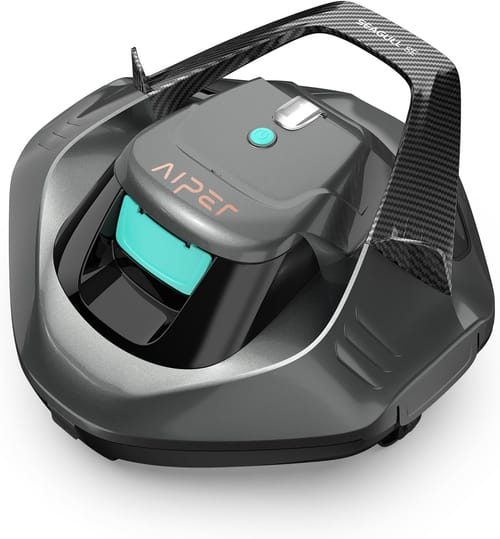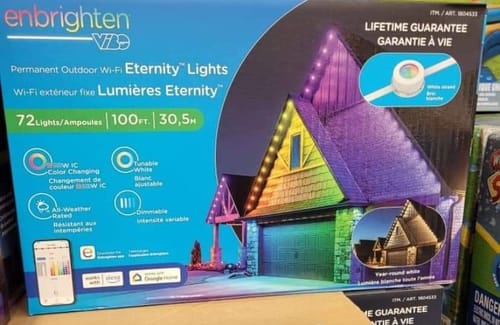As someone who's always tinkering with tech and looking for ways to improve my home setup, I recently decided it was time to upgrade my home network. After some research and consideration, I landed on TP-Link's Omada system. Here's why I made the switch and how it's been working out for me.
The Need for a Better Network
Living in a household with multiple devices—smartphones, tablets, smart TVs, and a growing number of IoT gadgets, oh and kids—our old router just wasn't cutting it anymore. We experienced frequent dropouts, slow speeds, and dead zones that made working from home and streaming content a frustrating experience.
Discovering TP-Link Omada
I stumbled upon TP-Link's Omada line while searching for a more robust networking solution. Although it's marketed more towards businesses, I found that it offered several features that could benefit a home setup:
- Centralized Management: With Omada's controller software, I can manage all my network devices from a single interface. This makes monitoring and configuring the network much more straightforward.
- Scalability: The system allows for easy expansion. I started with a few access points and can add more as needed without overhauling the entire network.
- Seamless Roaming: Moving around the house while on a video call or streaming content is now seamless, with devices automatically connecting to the strongest signal.
- VLAN Support: I can segment the network to separate guest devices from our personal ones, adding an extra layer of security.
Installation and Setup
Setting up the Omada system was surprisingly straightforward. The controller software guided me through the process, and I had the network up and running in no time. I appreciated the detailed documentation and the active online community, which provided answers to any questions I had.
Performance Improvements
Since making the switch, we've noticed significant improvements:
- Stable Connections: No more random dropouts during important Zoom calls or while streaming our favorite shows.
- Improved Coverage: The access points provide strong signals throughout the house, eliminating previous dead zones.
- Better Device Management: I can easily monitor which devices are connected and manage bandwidth allocation as needed.
Clean Setup with PoE (Power over Ethernet)
One of the best things about using TP-Link Omada access points is that they support PoE—Power over Ethernet. This means you can run a single Ethernet cable to each access point for both data and power. No need to worry about placing APs near power outlets or running long extension cords across the house.
In my setup, I paired the POE access points with a TP-Link PoE switch, which keeps things neat and centralized. Everything connects back to the switch in a small network cabinet, making the whole system look and feel a lot more professional (and way less chaotic).
PoE makes it incredibly easy to mount access points in ideal locations—like ceilings or high walls—without being constrained by power outlets. This translates to better Wi-Fi coverage and a cleaner aesthetic.
Additionally I am using the advantage of POE to power my security cameras outside, removing the need have them close to a power source or have the cameras on unreliable wi-fi.
Deployed Equipment
The following are the items I have purchased and deployed so far for my network. Some of these I purchased online and others from used sites such at Facebook Marketplace. I'll link to all the items if you want to see further details to each one.
- Gateway - Used to connect to your internet connection, this initial egress for your household.
- 2 - Switches. One as the main one in the basement and another wired up to the main one into the garage to power the access point and some power over ethernet cameras.
- 3 - Wall mounted Access Points
- 2 - Ceiling mounted Access Points
Final Thoughts
While TP-Link's Omada system might be designed with businesses in mind, it's proven to be an excellent choice for a home network upgrade. The combination of centralized management, scalability, and improved performance has made a noticeable difference in our daily digital lives.
If you're considering a network upgrade and are comfortable with a bit of DIY, I highly recommend giving Omada a look. You may also want to have a good wire fish handy to pull wires where needed, they are a god sent. But overall it's been a game-changer for our household.



